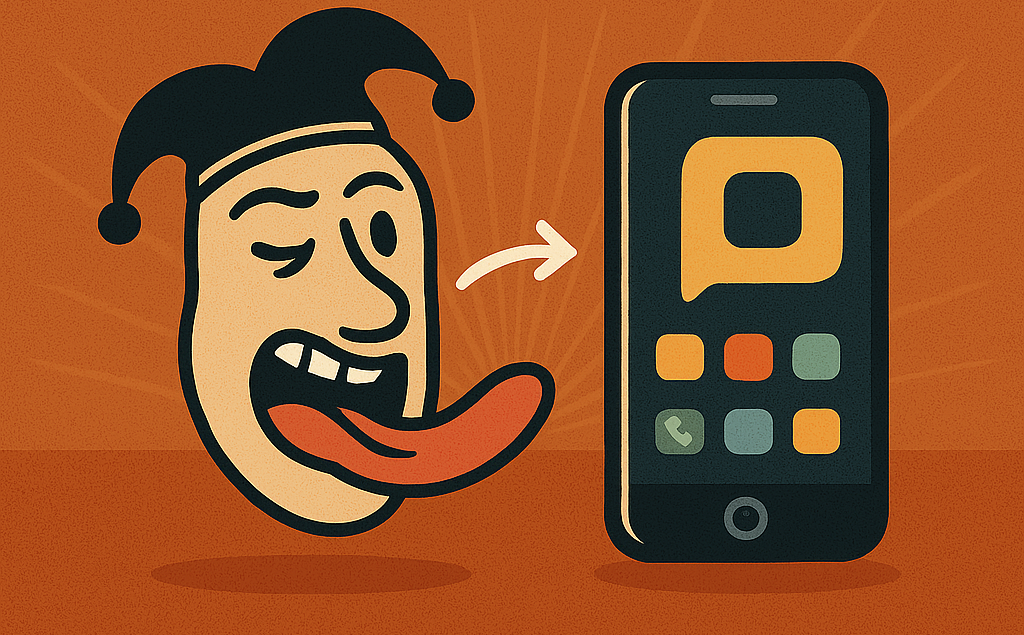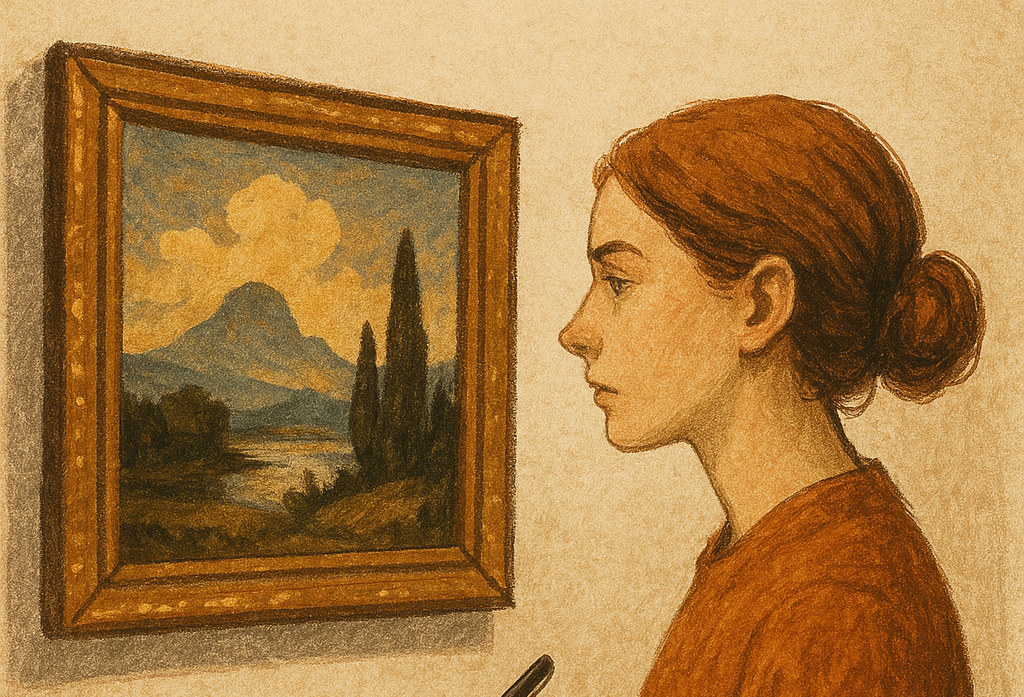
Imagine a world where clowns take the throne, the poor make the rules, and seriousness is replaced by laughter and play. That’s the heart of carnivalesque, a literary and cultural idea first explored by Russian philosopher and critic Mikhail Bakhtin. He noticed that in some stories and festivals, the usual social order is flipped upside down — the high becomes low, and the low becomes high — all in the name of fun, freedom, and rebellion.
Carnivalesque comes from the spirit of the carnival, especially in medieval Europe. During these wild celebrations, peasants dressed like kings, mocked authority, and celebrated bodily pleasures like eating, drinking, and dancing. In literature, carnivalesque moments are when rules break down, characters behave out of line, and chaos takes over — but not in a scary way. It’s more like a fun, safe space where people can laugh at power, poke fun at seriousness, and explore their wild side.
You don’t need to study old books to see carnivalesque in action — you’ve likely seen it in popular stories. Think of Shrek, where a grumpy ogre becomes a hero, princes are fools, and fairy tale logic is turned upside down. Or Charlie and the Chocolate Factory, where children behave badly, and a candy-maker runs the show. In many Bollywood and Tamil films, comic characters steal the spotlight from serious heroes, and silly scenes interrupt heavy plots — that’s carnivalesque too.
Carnivalesque isn’t just about humor — it’s a way for stories to challenge power, show new perspectives, and let readers or viewers question the world without being lectured. It’s why we enjoy stories that shake things up, where the underdog wins, and nothing is sacred. Because sometimes, to understand society — or escape it — we need a little well-timed chaos.
RELATED POSTS
View all


